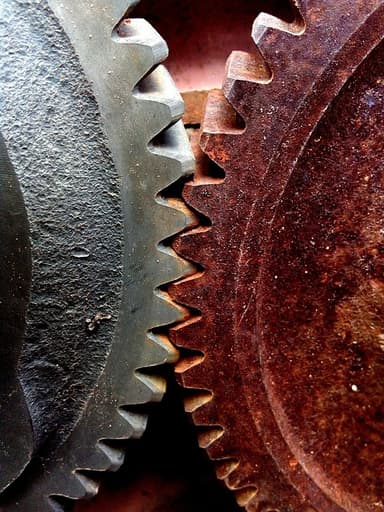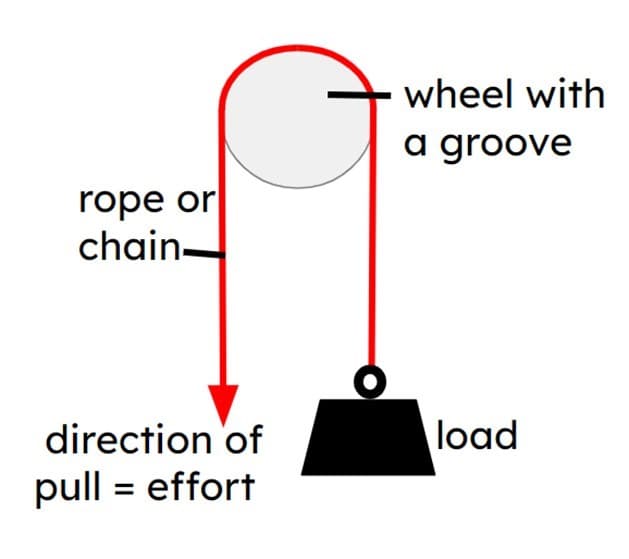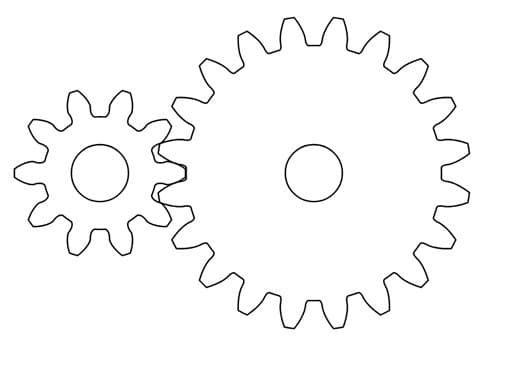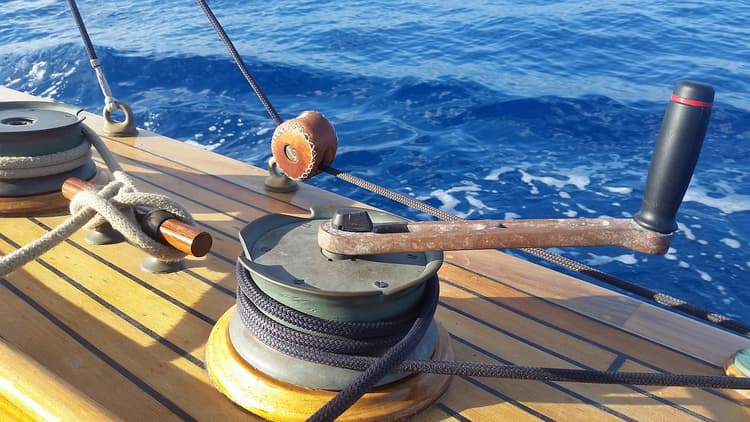Myths about teaching can hold you back
- Year 5
Simple machines
I can use my understanding of simple machines to invent something that can be used to make everyday work easier.
- Year 5
Simple machines
I can use my understanding of simple machines to invent something that can be used to make everyday work easier.
These resources were made for remote use during the pandemic, not classroom teaching.
Switch to our new teaching resources now - designed by teachers and leading subject experts, and tested in classrooms.
Lesson details
Key learning points
- Simple machines are useful because they make it easier for people to perform tasks beyond their normal capabilities.
- There are different types of simple machine: the wheel and axle, pulley, inclined plane, screw, wedge and lever.
- Inventions using simple machines help us in our everyday lives.
Keywords
Mechanism - A mechanism is something which performs a task.
Simple machine - A simple machine is something which performs a task and has no, or few, moving parts.
Inclined plane - An inclined plane is a simple machine. It is also called a ramp.
Invention - An invention is something that has never been made before.
Engineer - An engineer is a person who designs and builds things.
Common misconception
Machines all involve engines and need a power source.
Explicit teaching and explanation that simple machines do not often have moving parts and do not need a power source.
To help you plan your year 5 science lesson on: Simple machines, download all teaching resources for free and adapt to suit your pupils' needs...
To help you plan your year 5 science lesson on: Simple machines, download all teaching resources for free and adapt to suit your pupils' needs.
The starter quiz will activate and check your pupils' prior knowledge, with versions available both with and without answers in PDF format.
We use learning cycles to break down learning into key concepts or ideas linked to the learning outcome. Each learning cycle features explanations with checks for understanding and practice tasks with feedback. All of this is found in our slide decks, ready for you to download and edit. The practice tasks are also available as printable worksheets and some lessons have additional materials with extra material you might need for teaching the lesson.
The assessment exit quiz will test your pupils' understanding of the key learning points.
Our video is a tool for planning, showing how other teachers might teach the lesson, offering helpful tips, modelled explanations and inspiration for your own delivery in the classroom. Plus, you can set it as homework or revision for pupils and keep their learning on track by sharing an online pupil version of this lesson.
Explore more key stage 2 science lessons from the Forces including simple machines unit, dive into the full primary science curriculum, or learn more about lesson planning.

Equipment
None needed but it would help to have planned where simple machines can be found in the building.
Content guidance
- Exploration of objects
Supervision
Adult supervision recommended
Licence
Prior knowledge starter quiz
6 Questions
Q1.Gears, levers and pulleys make it __________ to perform a task.
Q2.Which simple machines are shown in this image?

Q3.Which of these words is not associated with pulleys?
Q4.What is the name given to the thing you try to move using simple machines?
Q5.Which of these images shows a correctly labelled simple machine?


Q6.If the smaller gear is turned, how will this affect the speed and force of the larger gear?

Assessment exit quiz
6 Questions
Q1.Which statement is true about simple machines?
Q2.What is the name for a new machine that has not been made or used before?
Q3.Which simple machine is shown in the image?

Q4.Which simple machine is shown in the image to help cars to board the ferry?

Q5.Which simple machine is shown in the image?

Q6.Match the simple machine to the task it makes easier.
splitting materials
raising the height of a load without lifting
joining materials together
moving loads over surfaces or winding in rope


